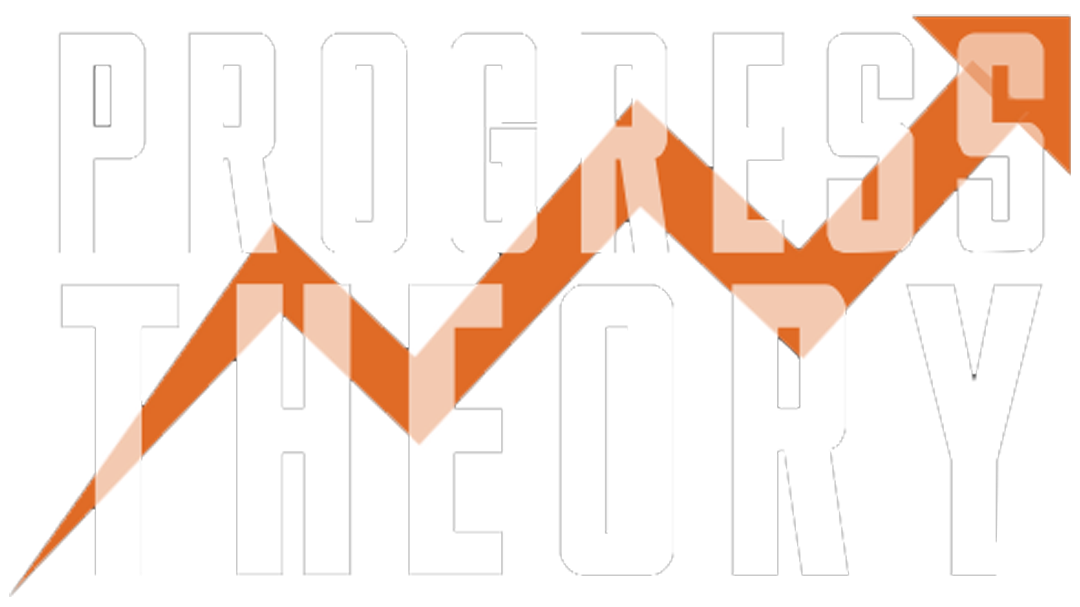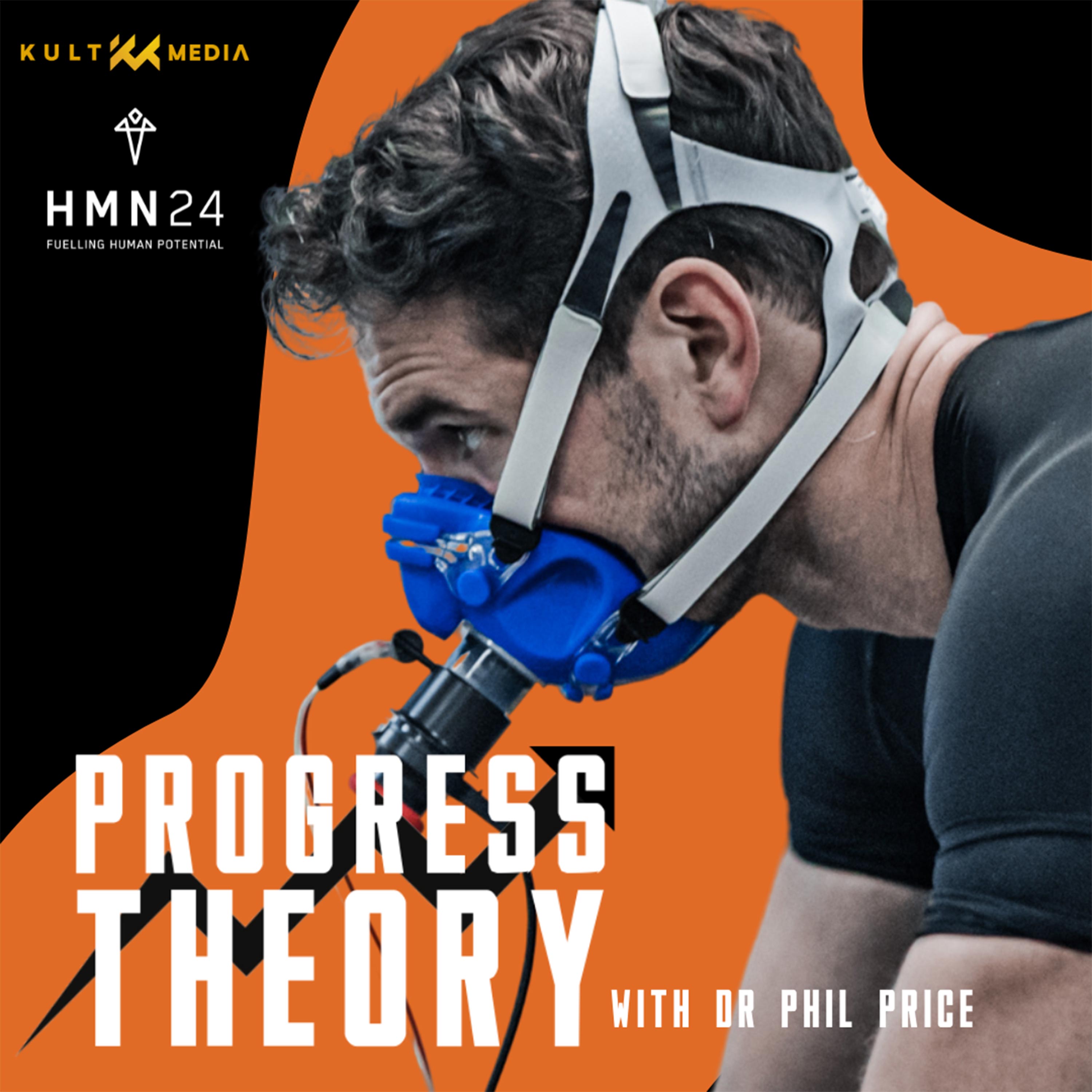Do Compression Garments Work? - Dr Jess Hill
Hello and welcome to The Progress Theory where we discuss how to implement scientific principles to optimise human performance. In this episode, we have Associate Professor Jess Hill who is an exercise physiologist and researcher into compression garments.
Compression garments are used readily in sport, particularly in endurance sports such as running and cycling, and field-based sports like football and rugby. However, like most sports equipment on the market, not only do you wonder if compression garments are worth the money, but do they actually work? Can they actually enhance sports performance by improving the rate of recovery? In this episode, Jess Hill explains which types of garments you should wear, when you should use them, and if using them too much can actually decrease the physiological adaptations you were trying to achieve through training.
In this episode, we discuss:
- 2:18 - An introduction to Dr Jess Hill
- 3:21 - What are compression garments and how they work
- 5:48 - When to wear compression garments
- 7:53 - Which compression garments to use
- 11:41 - Compression garment effectiveness and the level of the athlete
- 13:00 - Can compression garments create a placebo effect?
- 16:05 - Made-to-measure compression garments
- 20:15 - Level of inflammation may determine how much compression you need
- 23:25 - Compression garments improving performance
- 28:40 - Recommendations for using compression garments
Final Thoughts
Thank you to Dr Jess Hill for coming onto The Progress Theory and talking about her research on compression garments. It was great to get an understanding of what we currently know about compression garments. They’ve been purchased and used by athletes for years yet how they improve recovery is less well known. I definitely think we should be more aware of how these interventions work to help sports performance before we start using them, especially as so many factors always seem to influence their effectiveness.
I just wanted to provide some final thoughts on key areas which really stood out to me.
Firstly, it was the importance of made to measure compression garments. The thought of spending £50 on some generic compression leggings only to find they don’t apply the right level of compression really annoys me. Compression works, but it appears only if you buy the right garments. Made to measure garments are designed so that the garment is specific to your body shape and size. They may be more expensive, however, it is more likely that they will have a positive effect on your recovery, so it would be worth spending the extra pennies on them.
And secondly, when you wear compression garments is vital to how effective they will be to your programme. If you need to recover quickly, like during a Rugby 7’s tournament wearing them between matches, or after a big event which you have been training for several weeks, then compression garments should be used to enhance your recovery. However, the inflammatory response is vital for the adaptation from training. If you wear compression garments after regular training, even if it is a hard session, it could blunt the adaptive response and reduce the effectiveness of your programme. As a rule of thumb, compression garments are good to use during a tournament or after a big competition, but may not be the best idea during training when adaptation is key.
Anyways I hope you enjoyed this episode and it gave you enough information on compression garments that it allows you to make your own decision on when and how to use them in your own training. It would be awesome if you could also leave us a review and share this episode on your insta story to help the show grow. Also, head to our website theprogresstheory.com and listen to our other episodes. We’ll see you in the next one.
FOLLOW OUR PODCAST
Follow our Host / Guest
Explore these Resources or Items Mentioned in the Show
Runner’s world review of compression leggings

